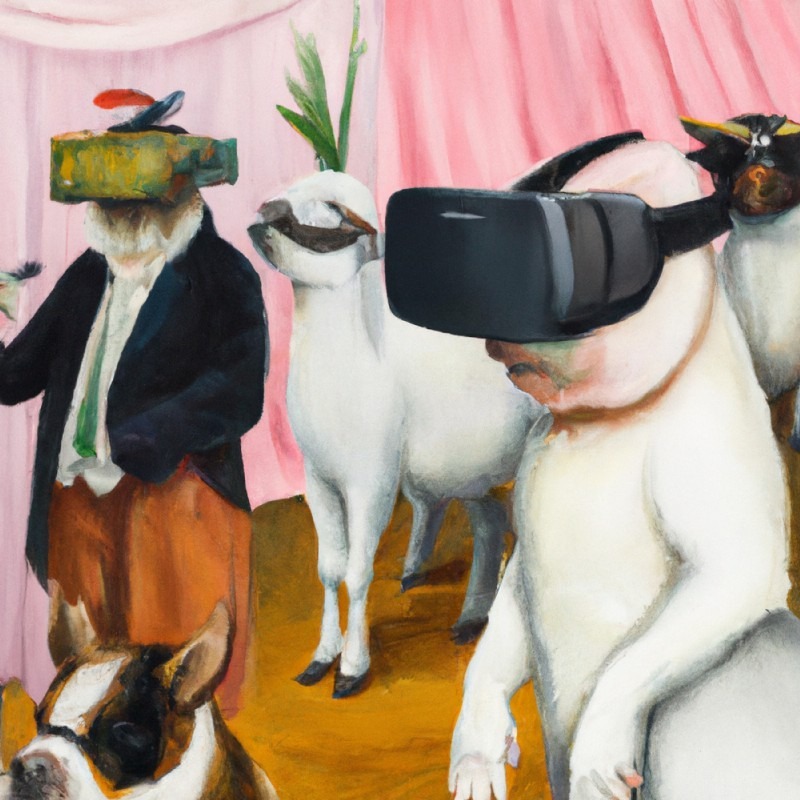“The Future is Now: The Case for Augmented Reality in 2023 and How it’s Transforming Our World” by Mark M. Whelan

The Case for Augmented Reality in 202
Augmented reality (AR) glasses are wearable devices that allow users to see and interact with virtual objects and information in the real world. AR glasses have the potential to revolutionize a wide range of industries and applications, both in the consumer and enterprise sectors. Here are a few potential novel use cases for AR glasses:
- Education and training: AR glasses could be used to provide immersive learning experiences and simulations for students and professionals. For example, a student could use AR glasses to see and interact with virtual models of historical events or scientific concepts. A surgeon could use AR glasses to practice procedures or receive real-time guidance during surgery.
- Retail and marketing: AR glasses could be used to enhance the shopping experience for consumers. For example, a customer could use AR glasses to visualize how a piece of furniture would look in their home before making a purchase. Retailers could also use AR glasses to create interactive marketing campaigns that engage customers in new and innovative ways.
- Manufacturing and logistics: AR glasses could be used to improve efficiency and accuracy in manufacturing and logistics operations. For example, an assembly line worker could use AR glasses to receive real-time instructions and feedback, or to access technical diagrams and manuals. A warehouse worker could use AR glasses to locate and identify specific items more quickly.
- Healthcare: AR glasses could be used to assist healthcare professionals in a variety of ways. For example, a doctor could use AR glasses to access patient records and diagnostic images while examining a patient or to receive real-time guidance during a procedure. AR glasses could also be used to help patients visualize and understand medical information and treatment options.
- Entertainment: AR glasses could be used to create new and immersive entertainment experiences. For example, a user could use AR glasses to play interactive games that blend virtual and real-world elements or to watch movies and TV shows with enhanced visual effects.
These are just a few examples of the potential uses for AR glasses in both the consumer and enterprise sectors. As technology continues to advance, it is likely that we will see even more novel and innovative uses for AR glasses in the future.
To learn more about emerging trends by Mark M. Whelan or his artwork.
Visit Future Center Ventures
